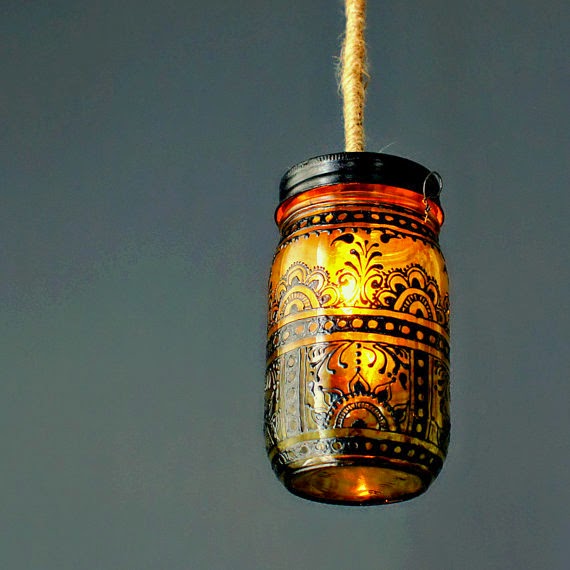The Eco Truth about candles-
With the winter holidays here, many of us will be burning more
candles both as seasonal and festive acts. While a candle doesn’t have
nearly as much environmental impact as, say, car pollution or air
pollution from factories, burning candles does create indoor air
pollution. While we certainly want you to enjoy your holiday
festivities, including candles, we think it’s important to keep aware of
the ways in which candles can pollute the air and how to make
responsible environmental decisions.
Candles and Chemicals
Paraffin candles, in particular, produce a number of harmful
byproducts when burned (including greenhouse gasses like carbon
dioxide). As an added bonus, paraffin candles (which are the majority of
candle brands) are petroleum products. That means that they’re made
using a nonrenewable source that also adds to pollution via oil spills
and other processes for extracting petroleum. Yes, if you have a candle
habit, you are using the same non-environmentally friendly chemicals
that you use when you drive a car. Additionally, scented candles may
also release toxins from the chemicals used to give them their scent –
and, of course, during the holidays we all love our scented candles.
The Candle Wick
What the wick of your candle is made from can also make a big
difference in how environmentally friendly your holiday (or everyday)
candles are. Many candles are made with wicks that have additives like
zinc and lead – both of which release harmful gasses when they burn. In
many places, lead wicks are illegal, but it’s often difficult to enforce
this entirely.
Wasteful Candle Packaging
Unless you’re making your own, almost all candles come in some type
of individual packaging. Tea lights can be the worst for this since they
are many individual candles often with individual wrappers as well.
What can you do to minimize wasteful wrapping? Consider these ideas:
Remember You Can Recycle Aluminum: Many candles use
aluminum as a base, including tea lights. Remember that nearly anything
aluminum can be recycled. That includes your tea light bases.
Buy Candles in Glass Containers: Glass can be
recycled, reused and even upcycled into other home projects. They may
cost a bit more on the shelves, but opt for candles that are in glass
containers. Then, of course, be sure not to throw those containers away!
Avoid Candles with Extra Plastic: When you’re
standing in front of that shelf of candles in the store, avoid anything
that has extra plastic packaging overtop of an already serviceable
candle holder. You just don’t need it, and neither does the planet!
What are the Most Eco-Friendly Candle Solutions?
So, in addition to packaging decisions, what can you do to reduce the
environmental impact of candle burning in your home? Here are a few
tips.
Buy Soy or Beeswax Candles: Soy and beeswax candles
emit fewer harmful chemicals when burned. If you’re purchasing
store-bought candles, try to opt for soy or beeswax selections.
Make Your Own Candles: Candle-making can be a bit
messy, but it’s also relaxing and better for the environment than
purchasing! You’ll be able to control the ingredients that are used in
your candles as well as reduce the amount of packaging used.
Buy from Local Candlemakers: Finally, as with any
consumer purchase, if you can buy from a local artisan, then do. You’ll
reduce wasteful packaging, support local businesses and reduce pollution
from transporting goods across the country (or world!).
Link to the website/info- http://www.postconsumers.com/education/the-eco-truth-about-candles/
MADDIE BARNETT






























